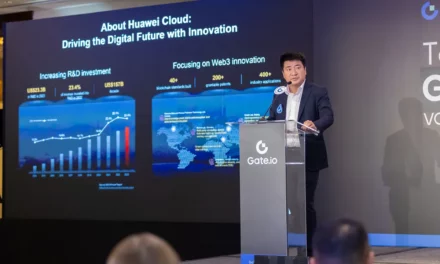
53% of employees in the Middle East, Turkiye, Africa region fear spying from drones

According to the results of the Kaspersky Business Digitization survey that was conducted in the Middle East, Turkiye, Africa region in the summer of 2023, 53% of employees are afraid of drone spying. Corporate spies and hackers use drones to get trade secrets, confidential information, and other sensitive data from corporations and data centers. A drone can carry a device for hacking into corporate networks – for instance, a smartphone, a compact computer (e.g., Raspberry Pi), or a signal interceptor (e.g., Wi-Fi Pineapple[1]), and hackers use these devices to access corporate data and disrupt communications. All wireless communication (Wi-Fi, Bluetooth, RFID, etc.) is vulnerable to drone attacks.
Drones bring cyberespionage to a new level as they can access data channels that a traditional off-site hacker could not obtain. Most often drone spy threat concerns were mentioned by survey respondents in the spheres of IT, manufacturing, and energy. Overall, 70% of employees in the Middle East, Turkiye, Africa region said their company would benefit from installing drone detection systems to protect the business from spying.
A counter drone technology is a system used to detect, classify, and mitigate drones. These systems employ a wide combination of sensors, including radars, radio frequency analyzers, cameras, lidars, jammers and other sensors, to track, analyze drone activity.
Overall, 77% of employees fear cyberespionage within their industry. The most frequent concerns about espionage are that it could lead to organizations losing money (mentioned by 42% of respondents) and intellectual property (24%), as well as harming business reputation (16%).
Threat intelligence plays a crucial role in countering cyberespionage by providing actionable insights and proactive measures: continuously monitoring corporate IT systems for signs of espionage-related activities such as reconnaissance and data exfiltration and identifying threat actors. Threat intelligence provides IP addresses, malware signatures, and patterns of behavior which enable cybersecurity teams to detect and block espionage-related attacks in real-time.
“Our research showed that most business representatives understand the dangers of cyberespionage. Getting information on the tactics, techniques and procedures used by cyber spies helps organizations adapt their defenses and develop countermeasures to thwart these tactics effectively,” comments Emad Haffar, Head of Technical Experts at Kaspersky. “Cyberespionage is typically carried out by the means of phishing, malware, exploits, and targeted attacks, but today we also need to take the threat of drone spying into account. At Kaspersky, we provide organizations with solutions to counter both ‘traditional’ means of cyber spying and new ones, like spying from drones. Kaspersky Threat Intelligence helps organizations increase the awareness and knowledge of high-profile cyberespionage campaigns with comprehensive and practical reporting. And Kaspersky Antidrone detects, classifies and mitigates unwanted objects in the air, getting all the information on the drone in one single web interface. The solution allows to monitor the airspace of the controlled zone in automatic mode.”
To protect organizations from espionage, Kaspersky recommends organizations:
- Update the software and drivers on all corporate IT systems
- Evaluate the risks the company’s digital systems face with Kaspersky Threat Intelligence
- Educate employees to minimize the chance of targeted phishing attacks. Kaspersky Automated Security Awareness Platformwill give employees the knowledge necessary to counter social engineering attack attempts
- For all-in-one protection against complex and targeted attacks, deploy a comprehensive cybersecurity solution like Kaspersky Anti Targeted Attack (KATA) Platform, powered by advanced threat intelligence and mapped to the MITRE ATT&CK framework
- Outsource cybersecurity supervision to get additional protection and expertise from a team of professionals with Kaspersky MDR
- Use Kaspersky Antidrone to counter the threat of spying from the air.
[1] A Pineapple sits between the user’s laptop and the network, inspecting the data that flows between the two. The Pineapple’s controller intercepts the information being transmitted back and forth between the network and the wireless device that’s using Wi-Fi.














































